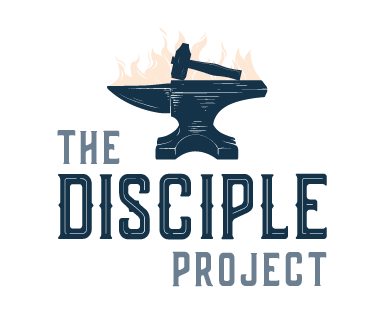Most youth ministries do not have the luxury of separating their middle and high school students, which is optimum, when it comes to Sunday school, small groups or even in your main meeting. This is mostly because of not enough volunteers or not enough volunteers who want to work with middle school.
The challenges with middle and high school together is many, but that doesn’t mean they can’t be overcome. Let me offer three challenges I’ve had and how I managed them to have, mostly, effective group times.
Middle School kids are immature
Yes and amen, but that’s not their fault. They are who they are and it was my challenge to get them on board. Here are a few methods I employed that help keep the ruckus to a minimum.
First, I kept their eyes busy. I try to use physical illustrations with my lessons so that I keep their focus on me and not each other. I would with with use a physical item or maybe a video clip.
Second, I keep their hands busy. When appropriate, I use notes with blanks in them so they have something to follow along with or I might add some kind of physical task to perform like a craft or team objective.
Third, I keep their minds busy. Rather than speak in a dry, didactic manner, I used stories and illustrations to spark their imaginations.
Fourth, I keep their mouths busy with good discussion questions. I kept my questions open ended and relevant. Middle schooler’s like to add their two cents, I just offered them an appropriate time to put it in.
As you’re reading this you may be wondering if this works all the time. No, it doesn’t. Some of these work better than others but you’re not going to have everyone on board. There is not such thing as a perfect class. These ideas will only mitigate some of the rowdy-ness. You’ll still have to deal with farts, off-topic questions and discussions and the spilled juice.
High School kids want their own space
I get this, but when I had 2 college students, 3 high school and 6 middle school students in my Sunday School class, separating them was not an option. What was an option was engaging my high school students to up there game.
Nowhere did it say in my job description (which I did not have) did it say I have to teach the lesson. One of my favorite things to do was to ask high school kids to teach the lessons each week.
Sometimes I gave them the lesson and sometime I just asked them to share a portion of scripture and what they got from it. I created the follow up questions and the closing remarks, but amazing things can happen if you allow your students to share.
First, they get more from the class time. I had one of my youth pastors say that every great chef tastes their own food before serving. Kids who are preparing “the meal” will get more from the lessons than if it was just served to them.
Second, they become great examples to the middle school students. I may have been the youth pastor/teacher, but that didn’t make me the coolest guy in the room. Many of my middle school kids looked up to the high school kids more a than me, so I gave middle school another reason to look up to them and maybe stir a desire in them to lead a lesson themselves, one day.
Topics that lean one way or the other.
Sometimes I wanted to have deeper discussions on certain subjects that would have benefitted the high school students but would have made my middle school students uncomfortable or just bored them to death. To deal with this, until I could separate when I had more volunteers, I kept the Bible the baseline.
Teaching about sex on a Sunday morning was not the way I wanted to start my day. Yes, both groups needed to hear about it but I would usually create different venues to discuss deeper matters with the appropriate group. I found retreats or high school events to be more effective for these kinds of discussions.
Working through books of the Bible or doing a character study is applicable to everyone. Middle school and High school are both working out there faith journey, and can agree more so than not on the Bible’s importance in their lives.
Yes, topics of sex, dating, etc are going to come up anyway even if you’re talking about John 3:16. Yes, it’s happened and will happen when you have a mixed class. The key, for me, was not to get flustered and to do my best to offer the best answers in the moment and then navigate the conversation back to the topic.
Putting middle and high school together is not optimum for certain topics, but I also find this time to be a bonding time. It’s a “we’re all in this together so let’s survive” time. My students, for the most part, were less worried about being together than I was. They didn’t mind. So, I eventually relaxed and worked with what I had, and let God do the rest.
If you’re interested, I do have some small group material that will work with both groups. This three part lesson on discipleship is active and engaging.
If you need a youth ministry coach to help work out your ideas or programming, check out My Monthly Mentor.
